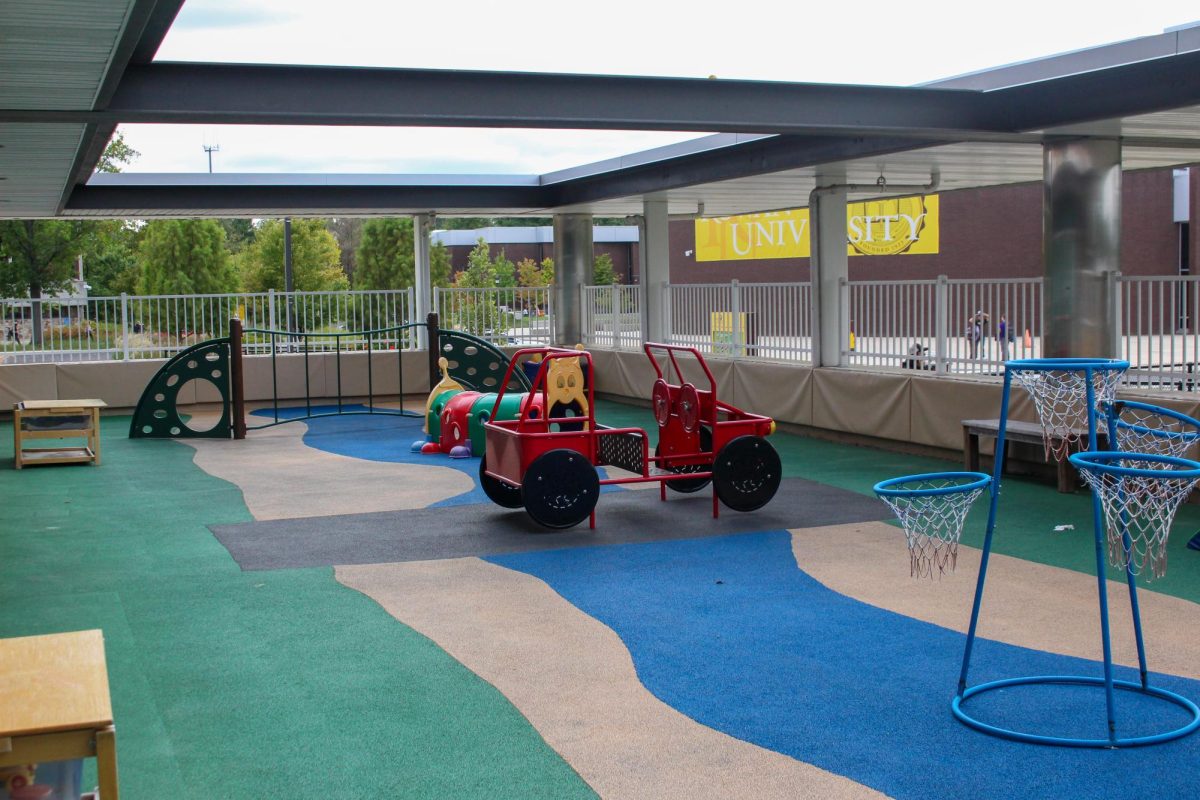On Monday, University Spokesman Joe Cardona led a community meeting in Mimosa Hall to update students on how Rowan is handling the ongoing issue of lead contaminated water around the school’s campus. Dean of Students Richard Jones was also in attendance at the meeting.
Cardona began the meeting by explaining the results of preliminary water tests taken in each building on campus and addressing concerns students had about the findings. Aside from the buildings initially reported for elevated levels of lead, the new results did not find elevated levels in any other buildings on campus.
Two samples taken from the kitchen in the newly-constructed Holly Pointe Commons showed elevated levels of lead, which the university believes to represent anomalies in testing, Cardona said.
One student expressed concern about this area in Holly Pointe, because despite the elevated levels discovered in one section of the building, the complex was marked as below the EPA regulated 15 parts per billion on a map distributed to students via email.
Cardona simply reiterated that the levels were believed to be an anomaly and that those results were found only through two staff-only hand washing stations in the cafeteria. Since those sinks were not used in food preparation the building was marked green, Cardona said. He also mentioned that they would recheck the two faucets for lead at a later time.
At the meeting, Cardona also described the process for how the tests were conducted. The buildings with confirmed lead water still only consist of Linden, Oak, Laurel, Evergreen and Bole Halls, the Carriage House, ROTC House and Girard Annex.
He explained that the university is still trying to find out what exactly is causing the elevated levels of lead in the water in those buildings. The process might take until winter break to fix, as students need to be cleared of affected residence halls before comprehensive testing can commence.
“Comprehensive testing is complicated,” Cardona said. “We need to check all the piping in the system.”
The university has been supplying water to residents in halls that are awaiting comprehensive testing. Cardona explained that the university is keeping track of the number of cases of water bottles provided to students. Jones furthered that this is to make sure the school does not run out of cases, not to limit students.
A large stack of water cases was in the room as the meeting took place Monday.
Near the end of the meeting, Cardona explained that the university is doing its best to be transparent by informing students and faculty about the issue. He also encourages students to let their parents know what is going on and to talk to a physician if they are concerned for their health. He stressed again students would need to drink large quantities of contaminated water before they would become ill.
Filtered water is to become available in all buildings in the form of water bottle filling stations. According to an email sent this week, there are currently 19 filling stations, and the university plans to add 11 more.
“We are moving to make sure every building at least has one filter station,” Cardona said.
For comments/questions about this story, email [email protected] or tweet @TheWhitOnline.
























































































































































!["Working with [Dr. Lynch] is always a learning experience for me. She is a treasure,” said Thomas. - Staff Writer / Kacie Scibilia](https://thewhitonline.com/wp-content/uploads/2025/04/choir-1-1200x694.jpg)








































